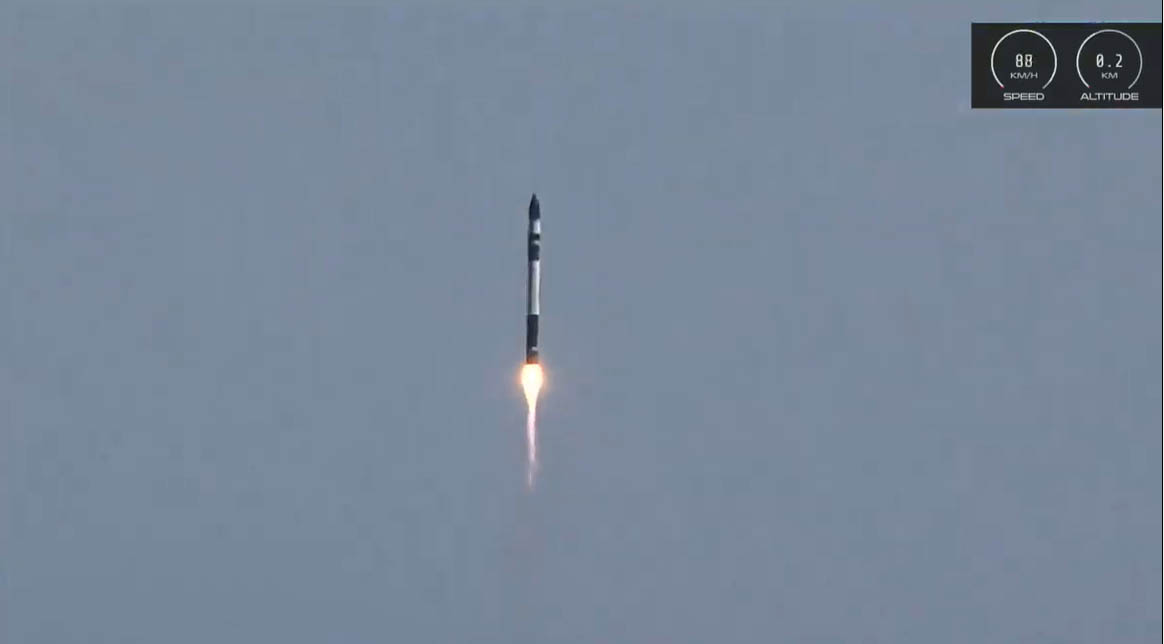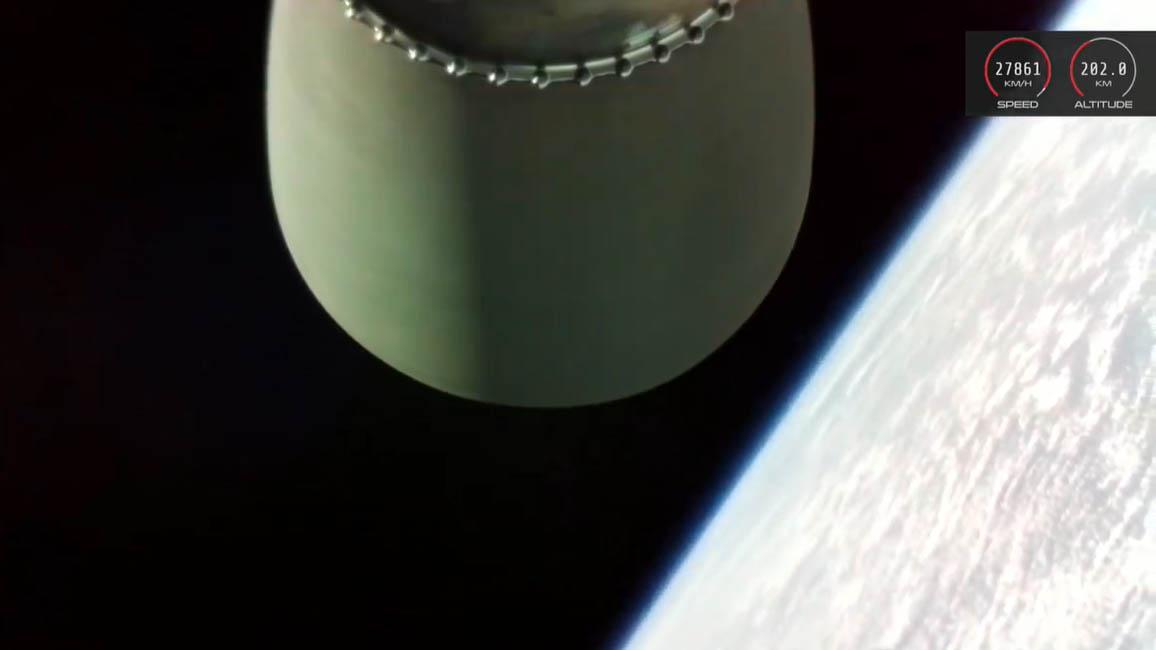Rocket Lab just launched its first payload for the United States' spysat agency — and took another big step toward rocket reusability in the process.
One of Rocket Lab's two-stage Electron boosters lifted off from the company's New Zealand launch site today (Jan. 30) at 9:56 p.m. EST (0256 GMT and 3:56 p.m. local New Zealand time on Jan. 31), carrying the NROL-151 payload for the U.S. National Reconnaissance Office (NRO).
The Electron successfully deployed NROL-151 as planned, Rocket Lab founder and CEO Peter Beck confirmed via Twitter about 70 minutes after liftoff.
Related: Rocket Lab and its Electron booster (photos)
The NRO operates the United States' fleet of spy satellites and tends to keep details about these spacecraft and their missions secret. NROL-151 is no exception; we know very little about the payload the Electron just toted to Earth orbit.
The Kick Stage has deployed the @NatReconOfC's payload, confirming mission success for Birds of a Feather!January 31, 2020
For example, the mission timeline that Rocket Lab laid out in its press kit (which you can find here) doesn't disclose NROL-151's exact orbital destination, just that the Electron's final predeployment engine burn was scheduled to take place about 50 minutes after liftoff.
Today's launch was the 11th overall for the 57-foot-tall (17 meters) Electron, which can loft about 500 lbs. (227 kilograms) on each roughly $5 million mission. California-based Rocket Lab aims to greatly increase access to space via Electron, eventually launching satellites once per week or even more frequently.
Get the Space.com Newsletter
Breaking space news, the latest updates on rocket launches, skywatching events and more!

A Rocket Lab Electron booster launches the NROL-151 satellite for the U.S. National Reconnaissance Office into orbit from Mahia Peninsula on New Zealand's North Island on Jan. 31, 2020 local time (Jan. 31 EST).

A view from the second stage of a Rocket Lab Electron booster after launching the NROL-151 satellite into orbit for the U.S. National Reconnaissance Office on Jan. 31, 2020 NZDT (Jan. 30 EST).
This overall vision includes reusing the rocket's first stage, a goal that Rocket Lab is approaching in a stepwise fashion. For instance, on Electron's previous launch, which occurred in December, the company managed to guide the booster back down in a controlled descent.
And Rocket Lab pulled off that important maneuver again today. The Electron oriented itself vertically, to better withstand the heat and pressure encountered during its fall back to Earth, and made it all the way down.
"Other aspects designed to support recovery efforts on this mission include updated guidance and navigation systems, including S-band telemetry and onboard flight computer systems, to gather and transmit data throughout the first stage's descent," Rocket Lab wrote in the mission press kit.
Stage 1 made it all the way in again!January 31, 2020
Once these various first-stage systems are sufficiently proven out, Rocket Lab plans to pluck descending boosters out of the sky with a helicopter, then inspect, refurbish and refly the rockets in short order. No dramatic aerial capture took place today, however; the Electron first stage hit the Pacific Ocean hard, at an estimated 370 mph (600 km/h).
Rocket Lab has a habit of giving missions playful names; for example, the company called December's launch, the 10th for Electron, "Running Out of Fingers." The moniker given to today's liftoff was "Birds of a Feather," and the mission patch features a kiwi and an eagle — avian representatives of New Zealand and the U.S., presumably — watching a rocket take flight.
"For more than six decades, the NRO has answered the hardest national security-related questions with bold, innovative technology, and NROL-151 stands firm in this tradition," Rocket Lab representatives wrote in the mission press kit. "The NROL-151 mission logo is a light-hearted way to wish NROL-151 good fortune and launch on its mission."
- What's next for Rocket Lab? A Q&A with CEO Peter Beck
- Rocket Lab's 'Rosie' the robot can build a booster in just 12 hours
- Tour Rocket Lab's stunning New Zealand launch site in this video
Editor's note: This story was updated at 12:30 a.m. EST on Friday with news of NROL-151's successful deployment.
Mike Wall's book about the search for alien life, "Out There" (Grand Central Publishing, 2018; illustrated by Karl Tate), is out now. Follow him on Twitter @michaeldwall. Follow us on Twitter @Spacedotcom or Facebook.

Join our Space Forums to keep talking space on the latest missions, night sky and more! And if you have a news tip, correction or comment, let us know at: community@space.com.

Michael Wall is a Senior Space Writer with Space.com and joined the team in 2010. He primarily covers exoplanets, spaceflight and military space, but has been known to dabble in the space art beat. His book about the search for alien life, "Out There," was published on Nov. 13, 2018. Before becoming a science writer, Michael worked as a herpetologist and wildlife biologist. He has a Ph.D. in evolutionary biology from the University of Sydney, Australia, a bachelor's degree from the University of Arizona, and a graduate certificate in science writing from the University of California, Santa Cruz. To find out what his latest project is, you can follow Michael on Twitter.









